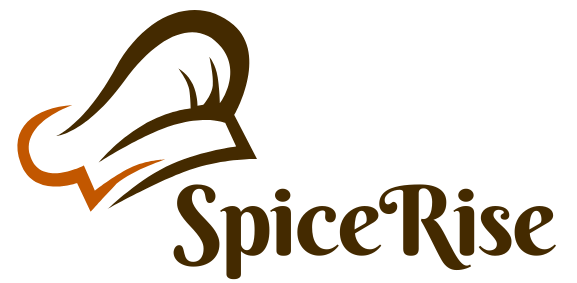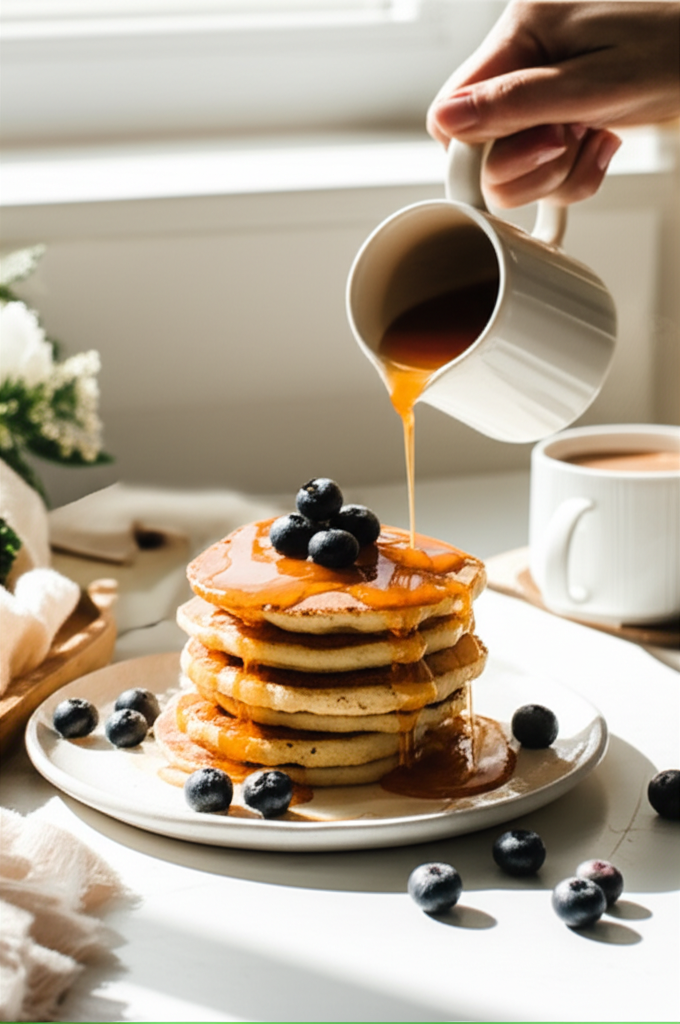When can I eat pancakes after wisdom teeth removal? You can generally eat soft, easy-to-chew pancakes a few days after wisdom teeth removal, once you can manage them without pain or discomfort. Start with plain, mashed, or blended pancakes and gradually introduce them as your mouth heals, avoiding anything too chewy, crispy, or with seeds.
Pancakes are a breakfast classic, loved by many for their fluffy texture and delicious taste. But if you’ve recently had your wisdom teeth removed, you might be wondering, “When can I eat pancakes?” It’s a common question, and the answer depends on how your mouth is healing. The good news is, with a little patience and the right approach, you can enjoy this comforting treat sooner than you might think. We’ll guide you through the process, making sure your recovery is smooth and your pancake cravings are satisfied safely.
Understanding Your Recovery: The Key to Enjoying Pancakes
After wisdom teeth removal, your mouth needs time to heal. This process is crucial for preventing complications like dry socket or infection. During the initial healing phase, your dentist will recommend a diet of soft, easy-to-chew foods. This is to protect the extraction sites and allow them to close properly.
What to Eat (and Avoid) in the First Few Days
Your dentist will give you specific instructions, but generally, the first 24-48 hours are the most critical. During this time, focus on:
Cold and soft foods: Think smoothies (without seeds or straws!), yogurt, applesauce, pudding, and ice cream (plain flavors are best).
Lukewarm liquids: Broth or soup that isn’t too hot.
You should actively avoid:
Hard or crunchy foods: Chips, nuts, popcorn.
Chewy foods: Steak, tough bread, sticky candies.
Spicy or acidic foods: These can irritate the extraction sites.
Foods with small particles: Seeds, rice, or berries that can get lodged in the wound.
Using straws: The suction can dislodge blood clots, leading to dry socket.
How to Tell When You’re Ready for More
Your body will tell you when it’s ready for slightly more substantial foods. You’ll likely experience:
Reduced swelling and pain: The initial discomfort should be manageable.
Improved ability to open your mouth: Stiffness should start to ease.
No bleeding from the extraction sites.
If you can comfortably eat mashed potatoes or scrambled eggs without pain, you might be ready to consider softer versions of other foods.
When Can I Eat Pancakes After Wisdom Teeth Removal?
The question of when to reintroduce pancakes is really about their texture and how you can prepare them to be safe for your healing mouth.
The Gradual Approach to Pancakes
You shouldn’t jump straight to a stack of thick, crispy-edged pancakes. Instead, think about a modified, softer pancake.
Generally, you can consider soft pancakes 2-4 days after your surgery, provided you are not experiencing significant pain or swelling.
It’s always best to consult your dentist or oral surgeon for personalized advice, as healing times can vary.
Preparing Pancakes for Post-Wisdom Tooth Removal Recovery
The key is to make them as soft and easy to manage as possible.
Step-by-Step: Softened Pancakes
1. Choose a Simple Recipe: Start with a basic pancake recipe. You can find many excellent, easy-to-follow recipes online. For example, a simple batter might include flour, milk, egg, a little sugar, baking powder, and salt.
2. Ensure Batter is Smooth: Make sure your pancake batter is completely smooth. Avoid any ingredients that could create lumps or texture that might be hard to chew.
3. Cook Them Thin and Soft: Cook your pancakes slightly longer than usual on low to medium heat. The goal is a soft, pliable pancake, not a fluffy, golden-brown one with crispy edges. Aim for a pale golden color.
4. Mash or Blend (Optional but Recommended): For the first few times, consider mashing your pancakes with a fork until they are almost like a thick purée. Alternatively, you can blend a cooked pancake with a little milk or water to create a very smooth, pudding-like consistency.
5. Add Gentle Toppings: Stick to soft, smooth toppings.
Good choices: Applesauce, yogurt, smooth fruit purées (like banana or peach), a drizzle of syrup.
Avoid: Berries with seeds, chopped nuts, crunchy granola, hard fruits, or anything that requires significant chewing.
6. Eat Slowly and Carefully: Take small bites and chew gently. Pay attention to how your mouth feels. If you experience any pain or discomfort, stop eating and revert to even softer foods.
What to Look for in a Pancake for Healing
| Feature | Ideal for Post-Surgery | To Avoid |
| :———— | :——————— | :————————————- |
| Texture | Soft, moist, pliable | Crispy, chewy, tough, hard edges |
| Thickness | Thin | Thick, dense |
| Toppings | Smooth purées, yogurt | Seeds, nuts, crunchy items, hard fruit |
| Temperature | Lukewarm | Very hot |
Making Pancakes: A Beginner’s Guide to Softness
Let’s walk through making a basic pancake batter that’s perfect for this situation.
Essential Ingredients for Soft Pancakes
1 cup all-purpose flour
2 tablespoons granulated sugar
2 teaspoons baking powder
1/2 teaspoon salt
1 large egg
1 cup milk (you can use whole milk for extra richness)
2 tablespoons melted butter or vegetable oil
Equipment You’ll Need
Mixing bowls (one large, one medium)
Whisk
Measuring cups and spoons
Non-stick skillet or griddle
Spatula
Fork or blender (for mashing/puréeing)
Step-by-Step: Cooking Your Soft Pancakes
1. Combine Dry Ingredients: In a large mixing bowl, whisk together the flour, sugar, baking powder, and salt. This ensures the leavening agents are evenly distributed.
2. Combine Wet Ingredients: In a separate medium bowl, whisk the egg, milk, and melted butter or oil until well combined.
3. Mix Wet into Dry: Pour the wet ingredients into the dry ingredients. Whisk gently until just combined. A few lumps are okay; overmixing can make pancakes tough.
4. Rest the Batter (Optional): Letting the batter rest for 5-10 minutes can help the flour absorb the liquid, leading to softer pancakes.
5. Heat Your Skillet: Place a non-stick skillet or griddle over medium-low heat. A slightly lower temperature than usual will help cook the pancakes through without burning the outside.
6. Grease Lightly: Lightly grease the skillet with a tiny bit of butter or oil. You can use a paper towel to spread it thinly.
7. Pour the Batter: Pour about 1/4 cup of batter onto the skillet for each pancake. Aim for thinner pancakes.
8. Cook the First Side: Cook for about 2-3 minutes, or until you see small bubbles forming on the surface and the edges look set.
9. Flip Gently: Carefully slide your spatula under the pancake and flip it.
10. Cook the Second Side: Cook for another 1-2 minutes until golden and cooked through. Remember, we want soft, not crispy, so don’t overcook.
11. Serve Warm and Softened: Transfer the cooked pancakes to a plate. For post-surgery consumption, immediately mash them with a fork or blend them with a touch of milk to create a smooth, easy-to-eat consistency.
When Can I Eat Regular Pancakes?
As your healing progresses, you can gradually reintroduce more “normal” pancake textures.
Signs You Can Move to Regular Pancakes
Comfortable chewing: You can chew most foods without pain.
No swelling: Any swelling has completely subsided.
Clean extraction sites: The wounds appear to be healing well.
* Dentist’s approval: Your dentist gives you the green light.
Typically, this might be after a week or two, but always follow your dentist’s specific advice. When you do transition, start with slightly softer versions of regular pancakes and gradually work your way up to your favorite fluffy, golden stacks.
Frequently Asked Questions About Eating Pancakes After Wisdom Teeth Removal
Q1: How long after wisdom teeth removal can I eat soft foods like mashed pancakes?
A1: You can usually start with very soft foods, like mashed or blended pancakes, about 2-3 days after your surgery, provided you are not experiencing significant pain. Always follow your dentist’s specific post-operative instructions.
Q2: Can I have syrup on my pancakes after wisdom teeth removal?
A2: Yes, a small amount of syrup is generally fine on soft pancakes, as long as it doesn’t cause any irritation. Avoid excessive amounts, and ensure it doesn’t make the pancakes too sticky or difficult to manage.
Q3: What if my pancakes are a little chewy? Is that okay?
A3: It’s best to avoid chewy textures in the early stages of healing. Chewy foods can put strain on the extraction sites. Stick to very soft, easily mashed or blended pancakes until your mouth feels fully healed and your dentist gives you the all-clear.
Q4: Should I use a straw to drink milk with my pancakes?
A4: No, you should absolutely avoid using straws for at least the first week after surgery. The suction can dislodge the crucial blood clot that forms in the extraction socket, leading to a painful condition called dry socket.
Q5: Can I add fruit to my pancakes after wisdom teeth removal?
A5: If you add fruit, it should be in a very smooth purée form with no seeds or small pieces. For example, a mashed banana or a smooth applesauce topping is usually fine. Avoid whole berries or chopped fruit that could get stuck in the extraction sites.
Q6: What are the risks of eating solid foods too soon?
A6: Eating solid foods too soon can lead to several complications, including delayed healing, infection, irritation of the extraction sites, and dry socket. It can also cause pain and discomfort.
Q7: How do I know if I’m irritating my wisdom tooth extraction sites when eating?
A7: You’ll likely feel pain, throbbing, or a sharp sensation in the area. If you notice any bleeding or if the area becomes more swollen or sensitive after eating, you should stop and revert to softer foods, and consult your dentist if symptoms persist.
Conclusion: Enjoying Your Pancake Journey
Navigating your diet after wisdom teeth removal requires patience and careful attention to your body’s healing process. By focusing on soft, easy-to-manage foods, you can safely reintroduce comforting treats like pancakes. Remember to start with mashed or blended versions, cook them to a soft consistency, and choose smooth, gentle toppings. Always prioritize your dentist’s advice, and listen to your body. As you heal, you can gradually enjoy all the delicious varieties of pancakes, returning to your favorites with a newfound appreciation for the simple joy of a well-made stack. Happy (and safe) pancake eating!

